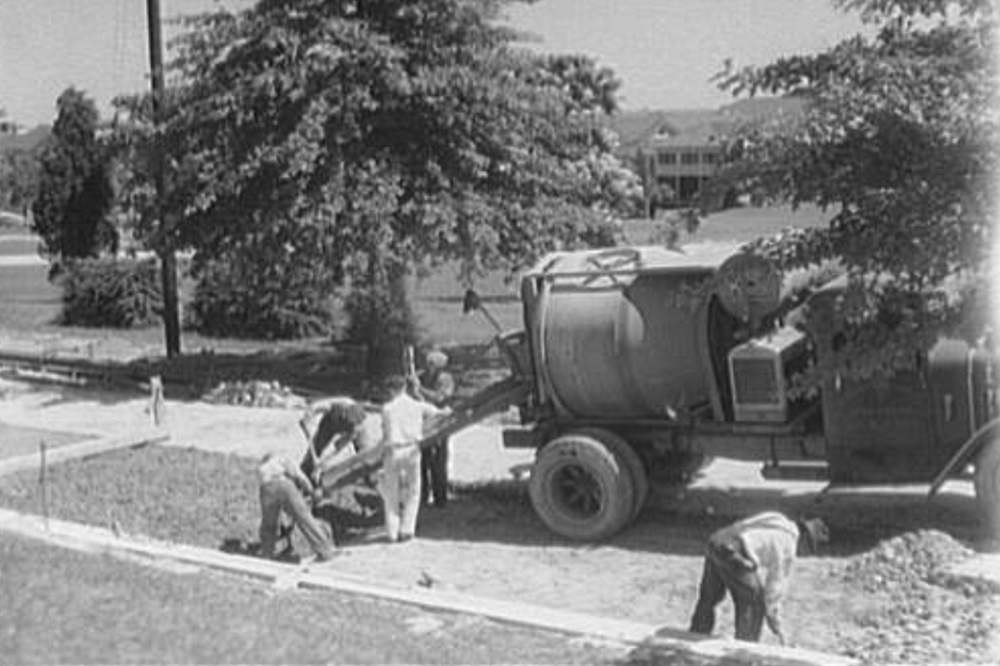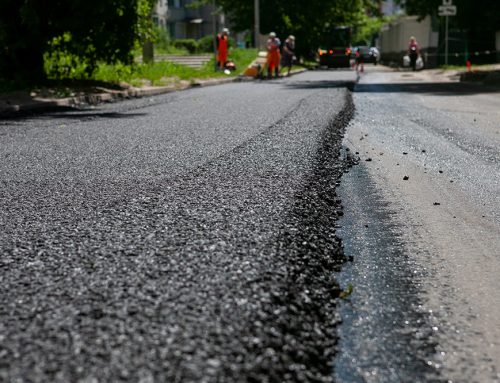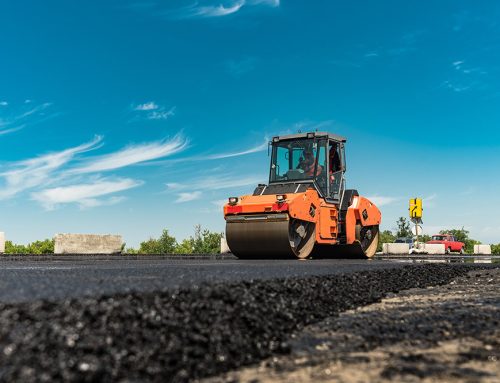A brief history of roads

You know the old adage, “have wheels will travel”. But what about roads? Without their guidance, durability, and flat, smooth surfaces, we would all have a great deal of trouble getting around.
In fact, the first constructed roads showed up around the same time as the wheel, in 4000 BCE. These roads can be found in what is now Iraq and were made from stone. Around the same time, roads made of wood started being built in England.
All roads lead to Rome, perhaps because the Romans were so good at constructing them. To aid in the expansion of their empire, they created a variety of durable roads that expanded all across Europe and beyond. Some are even still in use today! These roads used crushed stone to allow for excellent drainage, and the principles of Roman road architecture are still being used in constructing today’s roadways.
Who could forget the Silk Road? It’s arguably the most famous road on earth. At its peak in around 100 BCE, it acted as a major trade route between the East and West. Its construction wasn’t always modern and innovative. Early variations were made of many different materials and even just dirt in some areas. But its legacy proved the important part roads play in connecting countries and people.
On the other side of the world, the Incas were building impressive roads of their own. Going from what is now Quito, Ecuador, to Santiago, Chile, the Inca roads cut across the coast and through the Andes. They had sections cut into the side of solid mountains in incredibly high altitude areas. Thousands of people (and llamas) traversed this massive road each day.
In the 19th century, Scottish engineer John McAdam began to create an early version of asphalt. He invented a process called “macadamisation” after becoming a road trustee in his district and realizing what a terrible state the roads were in. He was so passionate about fixing the roads that he began experimenting using his own money. Instead of simple soil roads that easily became muddy, he added aggregates like stone to road mixes. This allowed for a smooth, hard surface and better drainage. McAdam was able to prove that these small pieces of stone could also support heavy vehicles.
The rise of railroads later in the century caused road innovation to slow down. Roadwork during this period was mostly confined to repairs within major towns and cities. However, in 1870, the first true asphalt road came to be. Belgium chemist Edmund J. DeSmedt paved roads in Newark, New Jersey, and Washington, DC, using asphalt from Trinidad Lake. People loved how secure and smooth these roads were.
By the 20th century, asphalt was becoming a staple. The patent for “Bitulithic” pavement, a mixture of bitumen and aggregate, was filed in the United States. The first asphalt facility was built in Massachusetts. Soon, facilities creating artificial asphalt began to replace natural asphalt resources.
You would think that it was the rise of automobiles that caused more innovation in roads and paving, but really it was planes and war. Jet planes used during the Second World War required pavement that could hold an extreme amount of weight moving very quickly. Additionally, military efforts required more roads that would allow military vehicles to move quickly and smoothly. This led to the rise of modern day highways across North America and Europe.
After 1945, asphalt paved roads continued to expand across the globe, especially as people began to commute long ways to and from work. Highways, freeways, and streets expanded to accommodate more people than ever using roads to travel.
Through the late 20th century, there were increasing concerns about the environmental impacts of asphalt, which is the most common material used to pave roads and highways. Research changed the way asphalt was produced and by the early 21st century, asphalt plants had reduced air pollutants and were no longer considered a hazard. In fact, asphalt is now one of the most recycled materials in the world. More asphalt is repurposed and reused than cans, paper, and glass in many countries!
The road to roads has been long and full of twists and turns. Today’s modern, smooth, safe roads are a testament to thousands of years of innovation. Roads have played a vital part in connecting people and bringing expansion to the globe.


